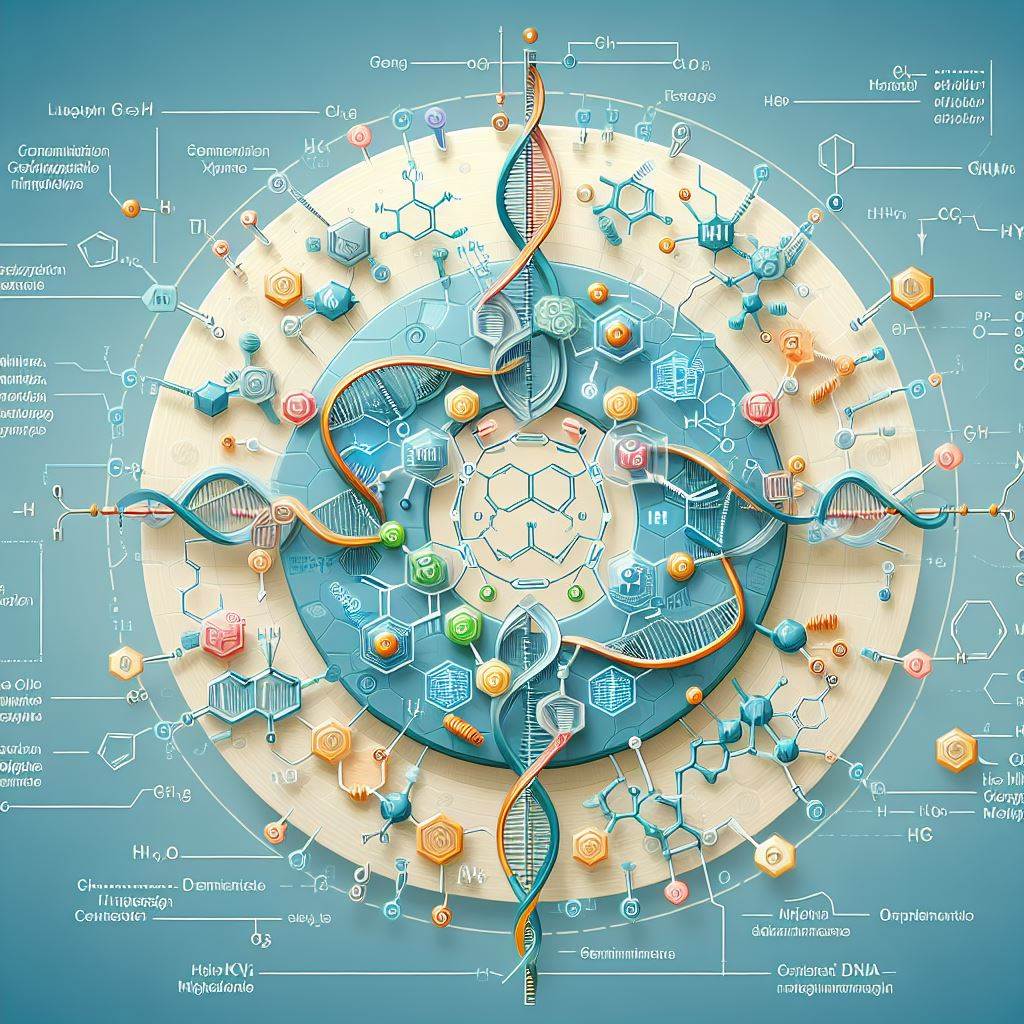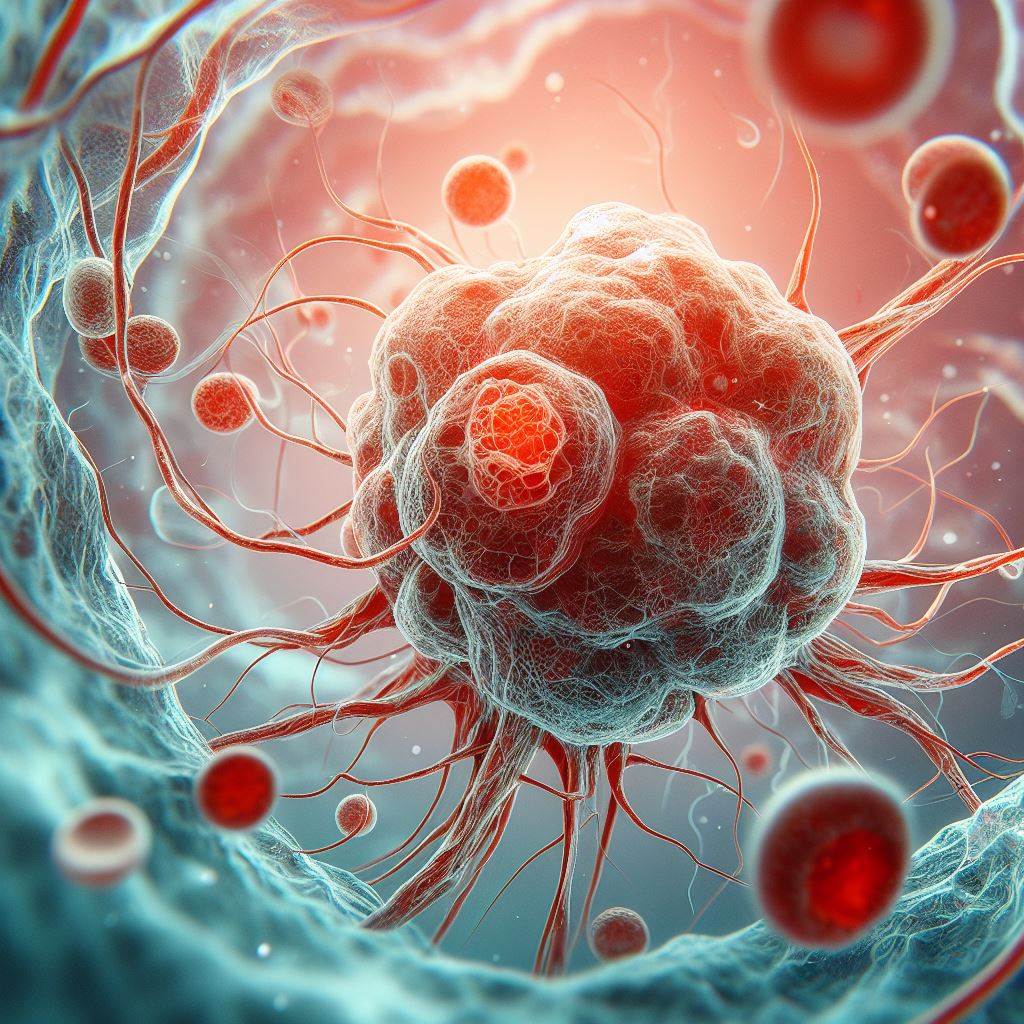Leukemia, a complex and life-threatening disease, has long been a subject of intensive research in the medical community. One aspect that has gained significant attention is gene methylation, a process that plays a pivotal role in the development and progression of leukemia. In this article, we delve into the intricate world of gene methylation and its connection to leukemia, exploring the scientific nuances and potential implications for treatment.
What Is Leukemia?
Leukemia is a type of cancer that affects the blood and bone marrow, which are integral parts of the body’s blood-forming tissues. It is characterized by the uncontrolled production of abnormal white blood cells (leukocytes) that crowd out normal blood cells. These abnormal cells can interfere with the normal functioning of the bone marrow and lead to various health problems.
There are different types of leukemia, and they are broadly classified into four main categories:
1. Acute Lymphoblastic Leukemia (ALL)
Acute Lymphoblastic Leukemia (ALL) is a type of cancer that affects the blood and bone marrow. It is characterized by the rapid production of immature white blood cells, called lymphoblasts or leukemic blasts. These abnormal cells crowd out normal blood cells, leading to a decrease in the production of red blood cells, platelets, and mature white blood cells.
ALL primarily affects lymphoid cells, which are a type of white blood cell involved in the immune system. The rapid accumulation of immature lymphoblasts can interfere with the normal functioning of the bone marrow, impairing its ability to produce healthy blood cells.
2. Chronic Lymphocytic Leukemia (CLL)
Chronic Lymphocytic Leukemia (CLL) is a type of cancer that affects the blood and bone marrow, specifically involving a particular type of white blood cell called lymphocytes. CLL is characterized by the gradual accumulation of mature but abnormal lymphocytes, which are a type of white blood cell involved in the immune system.
In CLL, the abnormal lymphocytes often do not function properly, and they can crowd out normal blood cells in the bone marrow, leading to a reduction in the production of healthy red blood cells, platelets, and other white blood cells.
The exact cause of CLL is not well understood, but certain genetic and environmental factors may contribute to its development. CLL is more common in older adults, and men are slightly more likely to develop the condition than women.
3. Acute Myeloid Leukemia (AML)
Acute Myeloid Leukemia (AML) is a type of cancer that affects the blood and bone marrow. In AML, there is a rapid production of abnormal myeloid cells, which are a type of white blood cell that plays a crucial role in the immune system and the production of other blood cells.
AML is characterized by the rapid proliferation of immature myeloid cells, known as blasts, which accumulate in the bone marrow and interfere with the production of normal blood cells. This can decrease healthy red blood cells, platelets, and normal white blood cells.
The exact cause of AML is not always known. Still, certain risk factors, such as exposure to certain chemicals, previous chemotherapy or radiation therapy, and certain genetic conditions, may increase the likelihood of developing AML.
4. Chronic Myeloid Leukemia (CML)
Chronic Myeloid Leukemia (CML) is a type of cancer that affects the blood and bone marrow. It is characterized by the uncontrolled growth of myeloid cells, which are a type of white blood cell. Unlike acute leukemias, CML tends to progress more slowly.
CML is often associated with a specific genetic abnormality, the Philadelphia chromosome. This chromosome results from a translocation of genetic material between chromosomes 9 and 22, creating an abnormal fusion gene called BCR-ABL. The BCR-ABL gene produces a protein that promotes the excessive growth of myeloid cells, contributing to the development of CML.
Leukemia can cause a variety of symptoms, including fatigue, weakness, frequent infections, easy bruising or bleeding, weight loss, and pain in bones or joints. The exact cause of leukemia is often unknown, but certain risk factors, such as genetic factors, exposure to certain chemicals or radiation, and some pre-existing medical conditions, may increase the likelihood of developing the disease.
Treatment for leukemia depends on the specific type and stage of the disease. Common treatment options include chemotherapy, radiation therapy, targeted therapy, and stem cell transplantation. Early diagnosis and prompt treatment are crucial for improving the chances of successful outcomes in leukemia patients.
Read: Biomimicry and Medicine: 7 Medicine Advancements With Biomimicry For Better Health – DripDok
What Do You Mean By Gene Mutation?
Genetic methylation refers to a biochemical process that involves the addition of a methyl group (CH3) to the DNA molecule. This modification primarily occurs at cytosine bases in the DNA sequence, and it is an essential epigenetic mechanism that can influence gene expression without altering the underlying DNA sequence itself.
In DNA methylation, adding methyl groups to specific DNA molecule regions typically leads to gene activity repression. This epigenetic modification is crucial in regulating various cellular processes, including development, differentiation, and maintaining normal cellular function.
DNA methylation patterns are dynamic and can change due to environmental factors and developmental stages. Aberrant DNA methylation, where there are abnormal changes in methylation patterns, has been associated with various diseases, including cancer. In cancer, specific genes may undergo hypermethylation (increased methylation), leading to the silencing of tumor suppressor genes, or hypomethylation (decreased methylation), causing the activation of oncogenes.
Understanding DNA methylation is vital for unraveling the complexities of gene regulation and its impact on health and disease. Researchers often study DNA methylation patterns to gain insights into various biological processes, identify potential disease markers, and develop targeted therapies for conditions influenced by epigenetic changes.
What Is The Relation Between Gene Methylation And Leukemia?
Epigenetic changes play a significant role in the development and progression of leukemia. Leukemia is a type of cancer that affects the blood and bone marrow, and epigenetic alterations can influence gene expression patterns without directly changing the underlying DNA sequence. These changes can contribute to the abnormal growth and survival of leukemia cells. Here are some key aspects of the role of epigenetics in leukemia:
1. DNA Methylation
-
- Hypermethylation: Aberrant hypermethylation of specific genes can lead to the silencing of tumor suppressor genes. In leukemia, the inactivation of these genes, which normally regulate cell growth and prevent uncontrolled division, can contribute to the development and progression of the disease.
-
- Hypomethylation: Global DNA hypomethylation, or decreased methylation, is also observed in leukemia. Hypomethylation may activate oncogenes, promoting the uncontrolled growth of leukemia cells.
2. Histone Modifications
Chemical modifications to histone proteins, around which DNA is wound, can influence the accessibility of genes to the cellular machinery responsible for transcription (gene expression).
Aberrant histone modifications can lead to the dysregulation of genes involved in cell cycle control, apoptosis (programmed cell death), and differentiation, all critical processes in leukemia development.
3. Chromatin Remodeling
Changes in the structure of chromatin, the complex of DNA and proteins in the cell nucleus, can affect gene expression. Alterations in chromatin structure can result in the activation or repression of genes involved in leukemia pathogenesis.
4. Non-Coding RNA Molecules
Non-coding RNAs, such as microRNAs, can regulate gene expression by targeting specific messenger RNAs for degradation or by inhibiting their translation. Dysregulation of microRNAs has been implicated in leukemia, influencing the expression of genes associated with cell proliferation, apoptosis, and differentiation.
Which Anticancerous Drugs Mainly Target Epigenetic Changes?
Several drugs that target epigenetic changes are used to treat cancer, including leukemia. These drugs aim to modify abnormal epigenetic patterns and restore normal gene expression. Here are some examples:
1. Hypomethylating Agents
Azacitidine (Vidaza): Azacitidine is a DNA methyltransferase inhibitor that is used to treat myelodysplastic syndromes (MDS), a group of disorders that can progress to acute myeloid leukemia (AML). It works by incorporating into DNA and inhibiting DNA methyltransferases, leading to DNA hypomethylation.
Decitabine (Dacogen): Decitabine is another DNA methyltransferase inhibitor used to treat MDS and AML. It works similarly to azacitidine by incorporating it into DNA and disrupting DNA methylation patterns.
2. Histone Deacetylase (HDAC) Inhibitors
Vorinostat (Zolinza): Vorinostat is an HDAC inhibitor used in the treatment of cutaneous T-cell lymphoma. HDAC inhibitors can modulate gene expression by affecting the acetylation status of histone proteins.
Romidepsin (Istodax): Romidepsin is another HDAC inhibitor used for the treatment of cutaneous T-cell lymphoma. Like vorinostat, it can alter histone acetylation patterns.
3. Epigenetic Combination Therapies
Azacitidine and Venetoclax: This combination has shown effectiveness in treating older adults with AML who are ineligible for intensive chemotherapy. Azacitidine contributes to hypomethylation, and venetoclax targets BCL-2, promoting apoptosis in leukemia cells.
Decitabine and Cedazuridine (Inqovi): This combination therapy is approved for treating myelodysplastic syndromes and chronic myelomonocytic leukemia. Cedazuridine enhances the bioavailability of decitabine.
4. Bromodomain and Extra-Terminal (BET) Inhibitors
BET151 and OTX015: These are BET inhibitors that target bromodomain proteins involved in the regulation of gene transcription. BET inhibitors are being investigated for their potential in various cancers, including leukemia.
5. Isocitrate Dehydrogenase (IDH) Inhibitors
Ivosidenib (Tibsovo) and Enasidenib (Idhifa): These drugs target mutant IDH1 and IDH2 enzymes, which are involved in abnormal DNA methylation. They are used in treating acute myeloid leukemia with specific genetic mutations.
Conclusion
Epigenetic changes, involving alterations in DNA methylation, histone modifications, and chromatin remodeling, play a pivotal role in the development and progression of leukemia. In particular, chronic and acute leukemias are associated with aberrant patterns of DNA methylation, where hypermethylation of tumor suppressor genes and hypomethylation of oncogenes contribute to the dysregulation of critical cellular processes.


